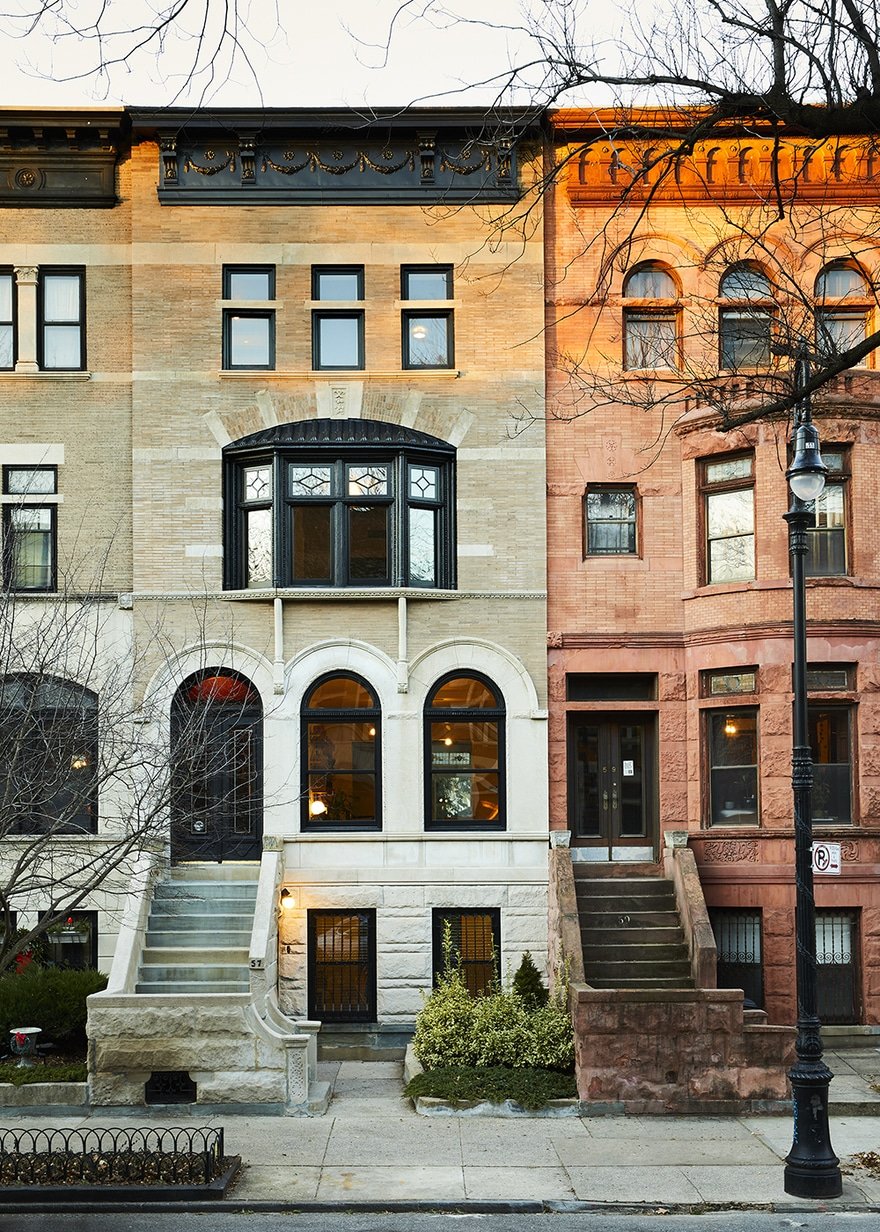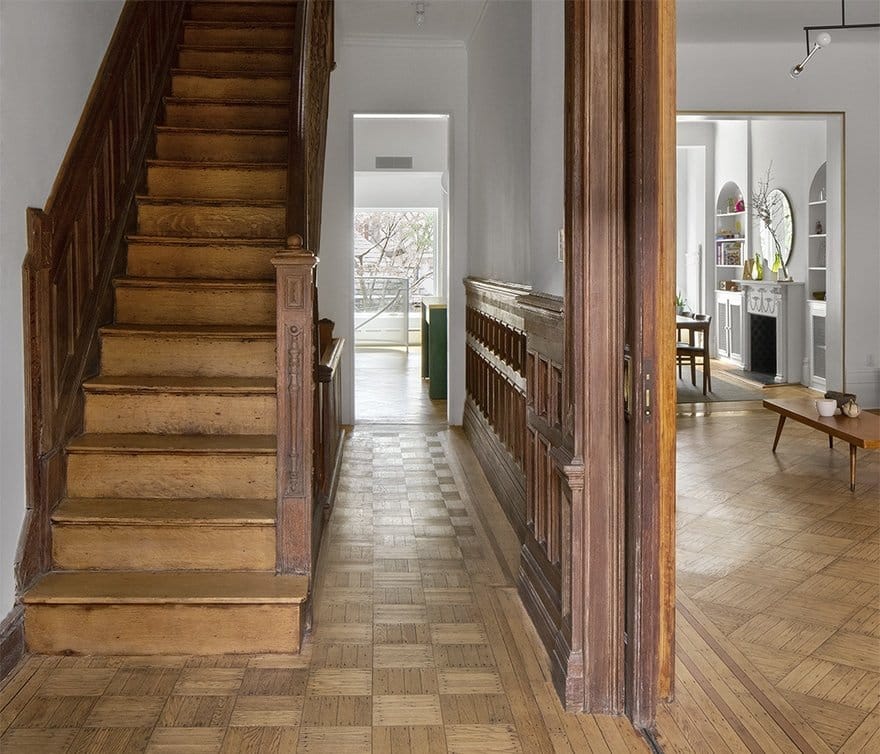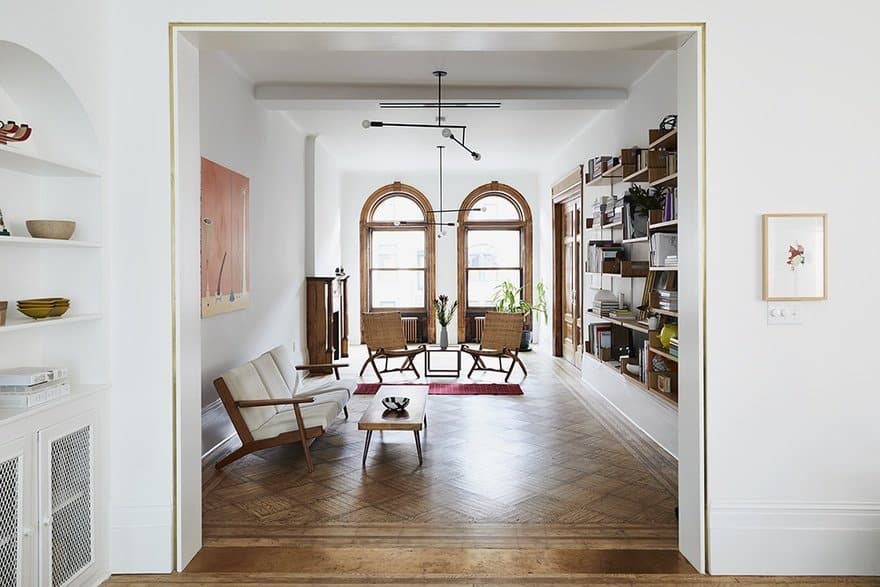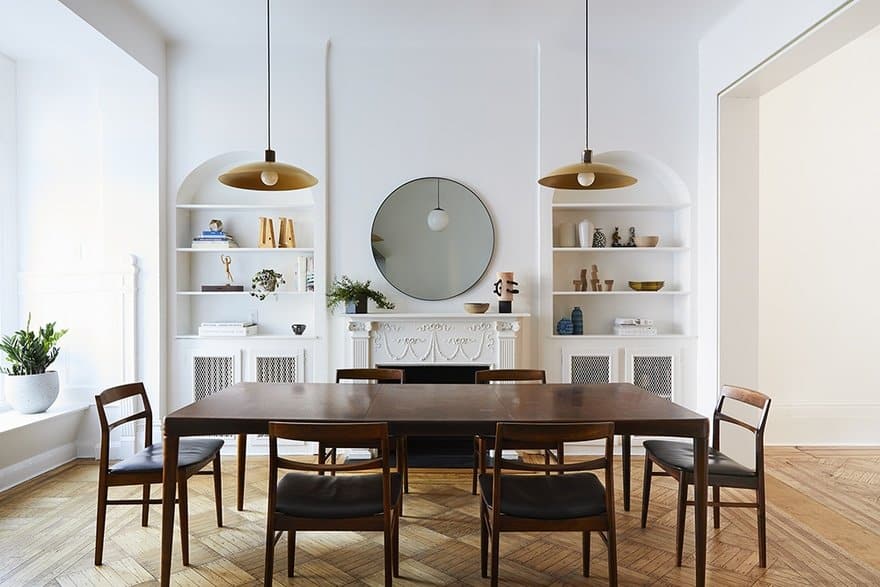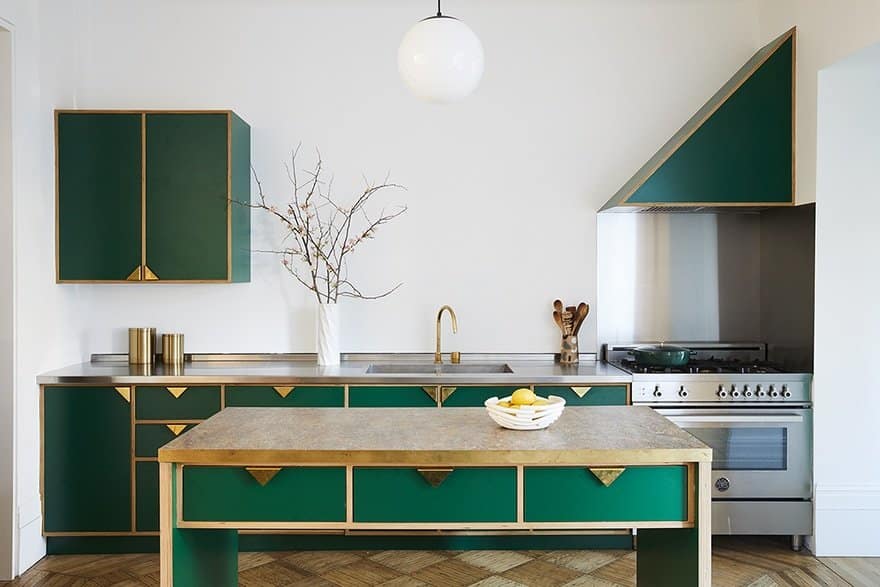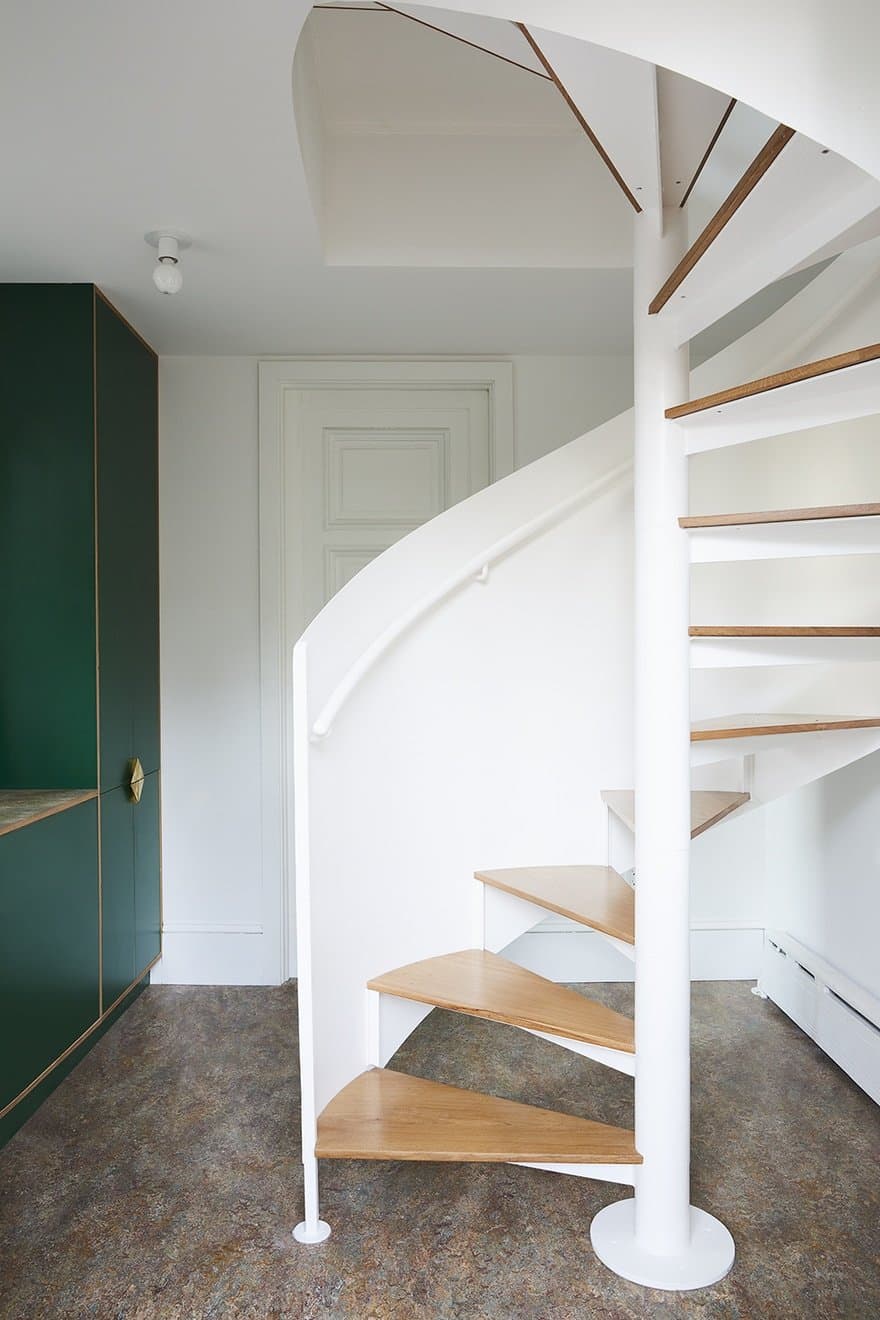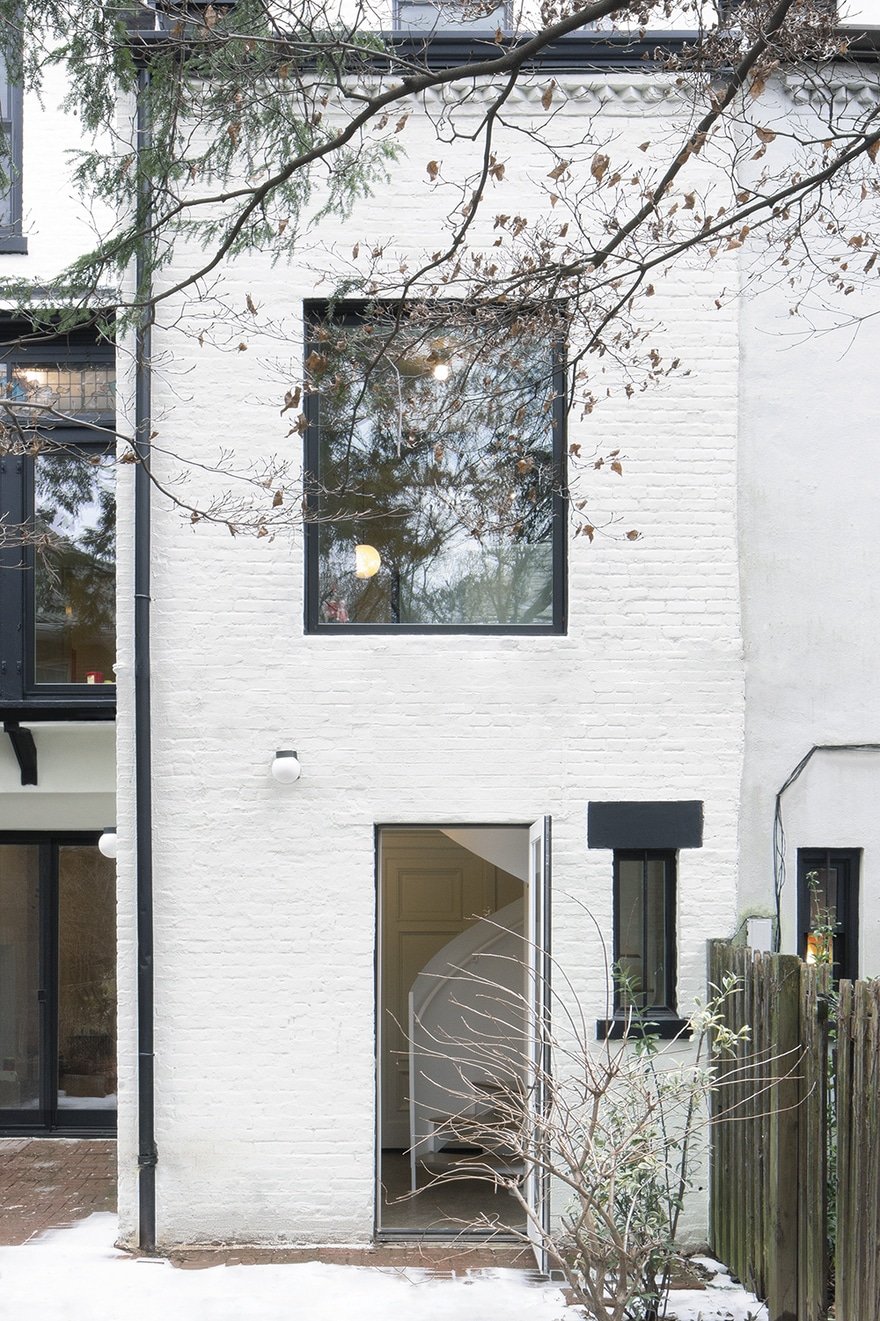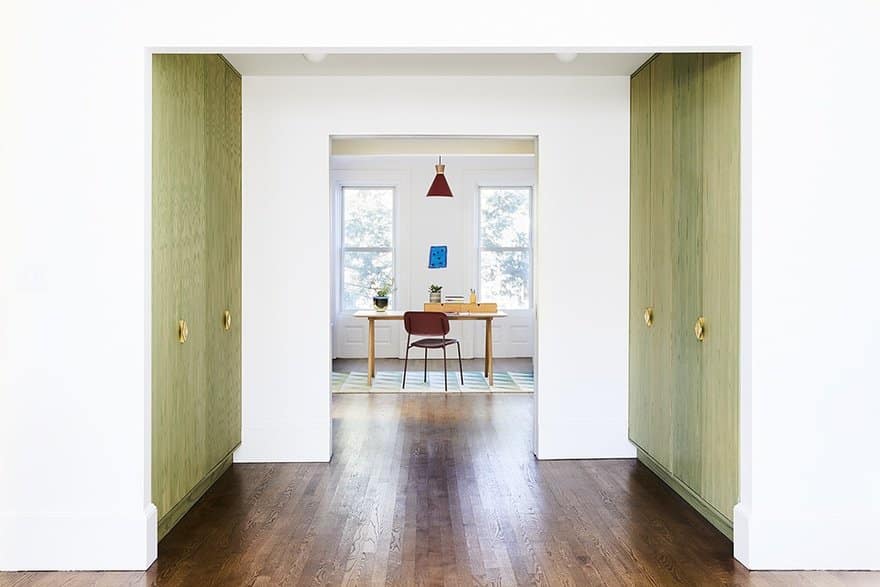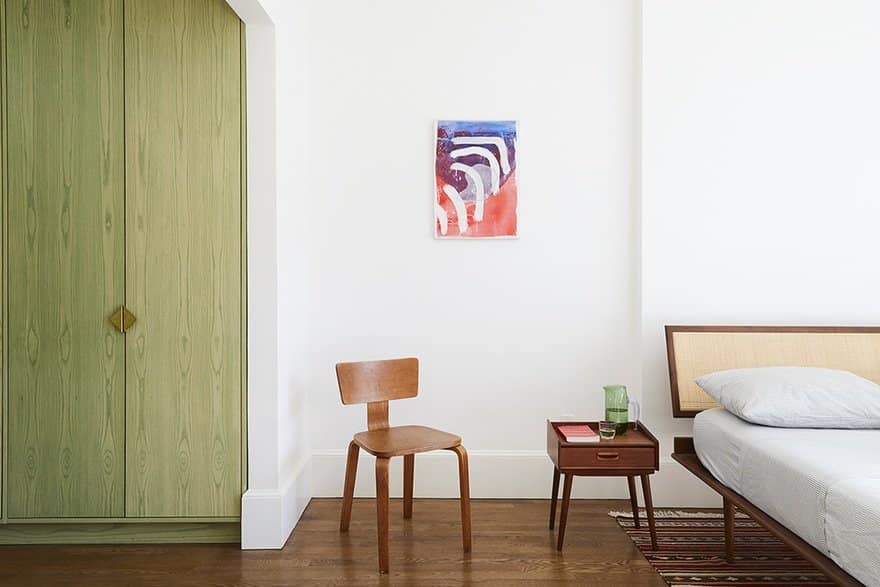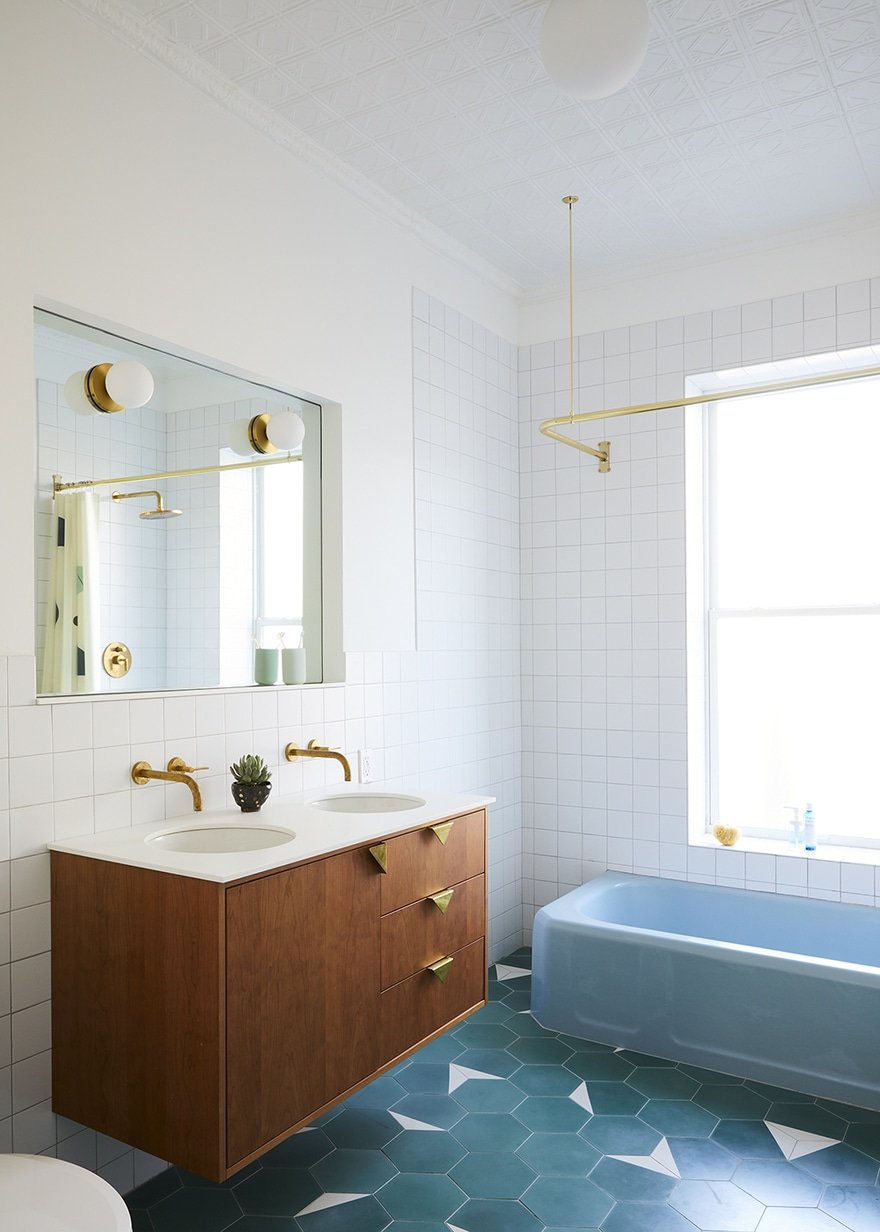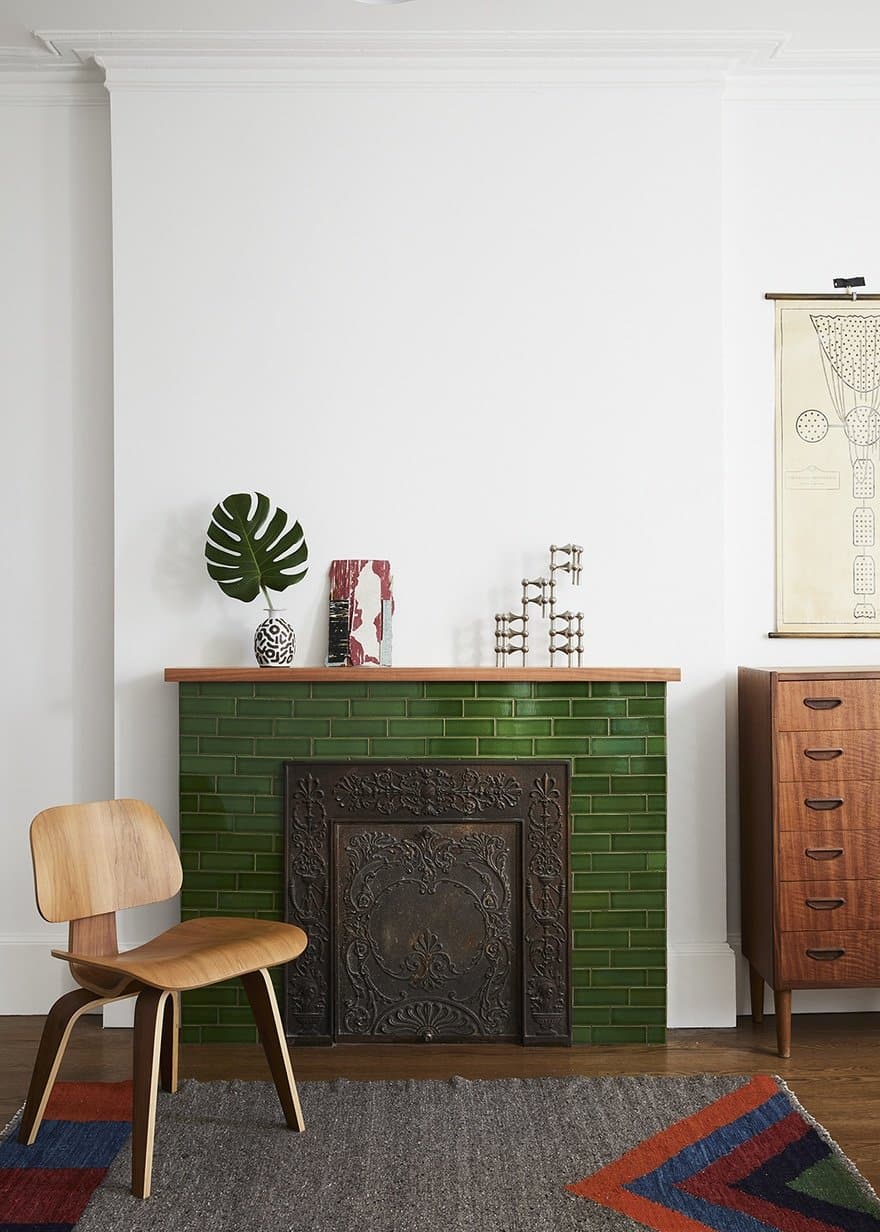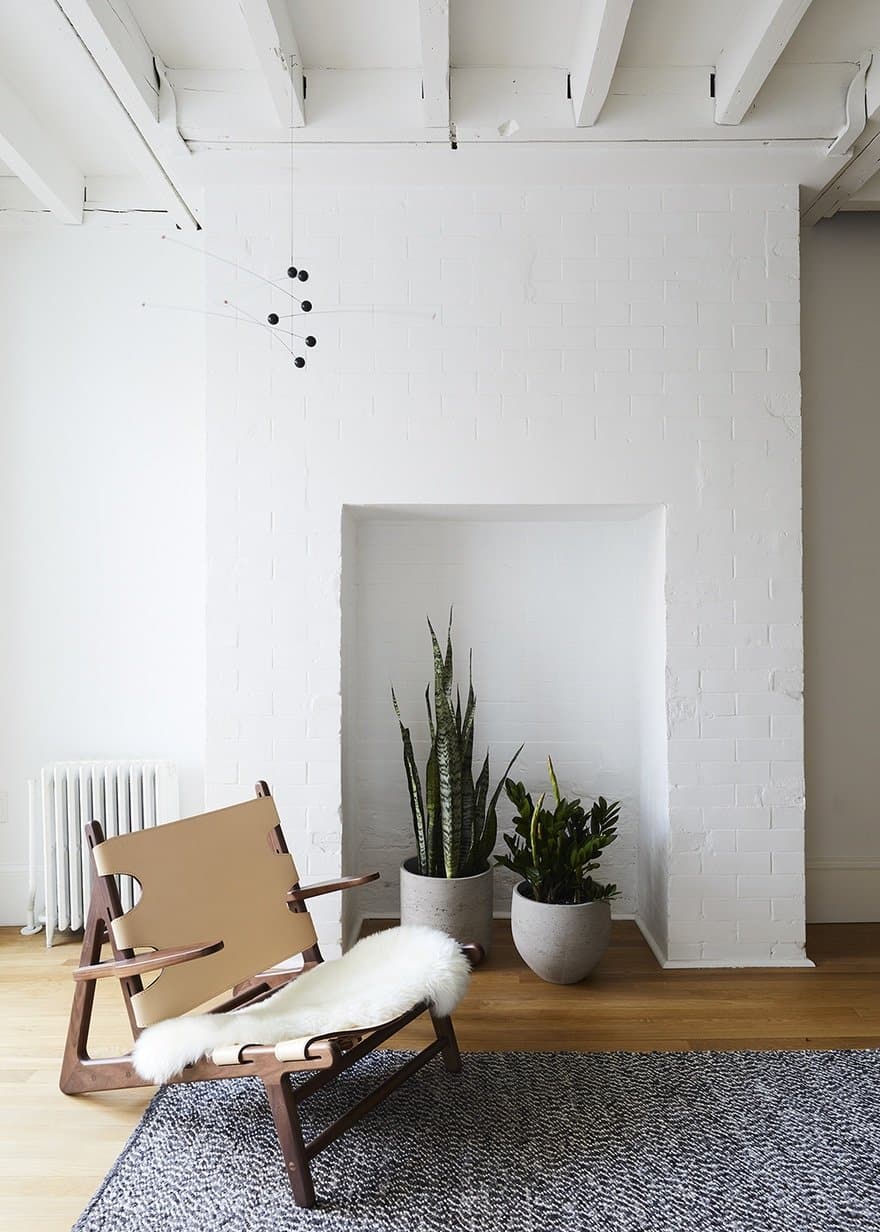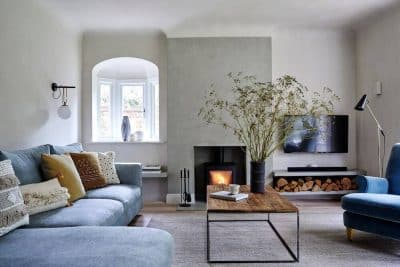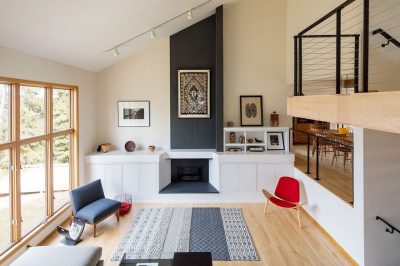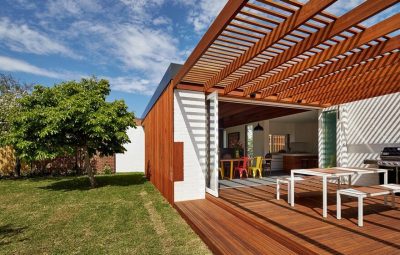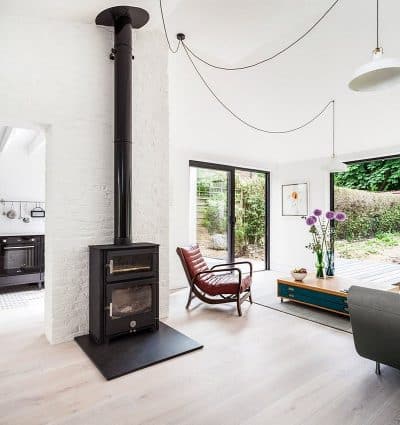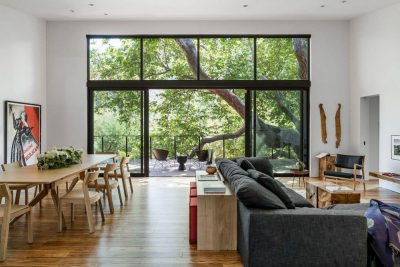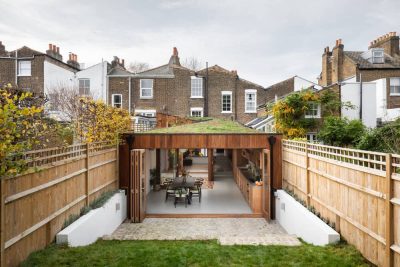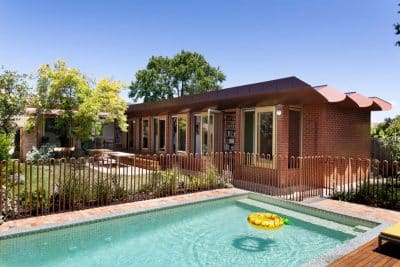Project: Prospect Lefferts Garden Townhouse
Architects: GRT Architects
Team: Rustam Mehta, Tal Schori, Andrew Barkhouse, Sharif Anous
Builder: Black Square Builders
Structural Engineer: GMS, Gilsanz Murray Steficek
MEP Engineer: ANZ Consulting Engineering
Location: Brooklyn, New York, United States
Year: 2018
Photographer: Nicole Franzen
GRT Architects was asked to renovate a four story townhouse in the Prospect Lefferts Gardens Historical District. This twelve-block residential neighborhood was Landmarked in 1979 and the appearance of buildings within were often governed by covenants set in place by the Lefferts family that controlled heights, setbacks and façade materials.
The earliest buildings in the area show the influence of then popular H.H. Richardson in the classic Romanesque styles, but the 1893 World’s Columbian Exposition brought Neo-Classical Beaux Arts to the fore.
The Prospect Lefferts Garden Townhouse was designed in 1898 by Architect William M. Miller who used an eclectic mix of Romanesque and Neo Renaissance motifs. The building meets the ground with a rusticated base in Indiana limestone which is also used on the parlor level to create three identical Romanesque arches. Above, limestone is used for lintels and keystones but is primarily composed of an elegant Roman-proportion brick.
Windows are unique on every level, showing semicircular transoms at the parlor, a single large projecting bay supported by limestone colonettes on the second level, and asymmetrical single-hung openings with limestone spandrels at the top.
The building is topped by a bracketed and festooned cornice. At some point a two-story addition was built in the rear, and in 1940, the ground floor was turned into a doctor’s office. Both modifications conspired against a way of living in the home that suited our clients’ needs. GRT was therefore hired to reconsider not just the aesthetics but the organization of the Prospect Lefferts Garden Townhouse.
When working on historical buildings we begin by establishing an attitude of new to old. As landmarked buildings require a literal approach to facade preservation, we set a gradient from invisible improvements facing the street to obviously new elements towards the rear. To blend the two we created framed views through the building on every level. Detailed consideration was given to the way in which portals are marked.
Starting at the exterior, all of the building’s unique windows were replaced with insulated replicas, custom-made to be visually indistinguishable from the originals. At the front of the building we used a lighter touch, leaving many stained wood elements such as door casings and wall cladding in place.
Views from the preserved living room to the entirely redesigned kitchen and dining room are framed with a newly enlarged opening trimmed on all sides in unlacquered brass. The wide plate brass threshold on the floor echoes the thick decorative borders on the parquet floors which were left untouched.
The dining room is a transitional space between the old and new — in this space we simplified the material palate, painting all decorative woodwork matte white to emphasize its geometry over its materiality. Previously the kitchen was located in a modest, rear addition, separated from the dining room by a narrow door.
As the kitchen sits in dialog with unrestored portions of the 19th century interior we sought to avoid an ‘over-renovated’ appearance. To us this meant keeping storage and appliances from view, limiting hard surfaces, and celebrating unusual material combinations such as brass plate and linoleum on the island, and stainless steel with plywood and laminate cabinets.
To foreground the untouched decorative parquet, we designed an island that touches down lightly on the floor. We look at each project as an opportunity to make something, actually by hand, and did so with the custom triangular brass pulls. These were prototyped in our shop by brake-forming different alloys of brass to find the right form and color. They were then affordably mass-produced by a local metal shop.
White space was preserved in the kitchen by creating a pantry in the addition. Here the language of kitchen cabinets is extended and also conceals a refrigerator. A custom spiral stair in perforated and plate steel was added to connect the parlor floor to the garden below and provide convenient access to a new powder room, something most townhouses lack.
We secured approval from the Landmarks Preservation Committee to enlarge several openings at the rear, and did so using simple picture windows that clearly identify themselves as modifications rather than restoration.
Similar themes play out on upper levels where the master bedroom was connected to an office through a thick portal that also serves as a walk-thru closet. Again we sought to explore materiality by lightly staining closet doors green, continuing a chromatic theme in a different register and highlighting the grain of the wood doors.
This exploration continues in the recladding of a damaged fireplace in hand-glazed green tile and the petrol blue-green cement tile in the master bathroom, also selected to compliment a unique enameled bathtub that was preserved. All bathrooms were renovated reusing their existing layout to preserve their stamped tin ceilings and balance cost.
This highly choreographed play between new and old, contemporary and historical, led to a result that celebrates both and satisfies the demands of our modern clients.

